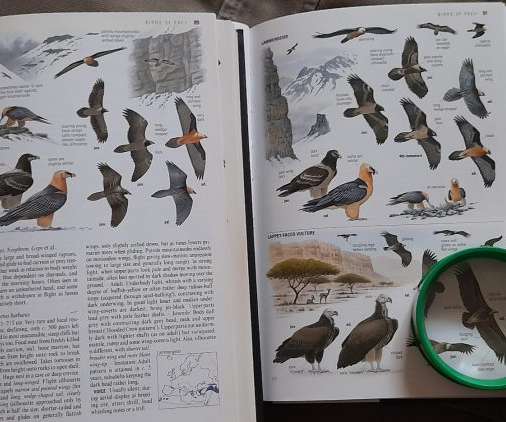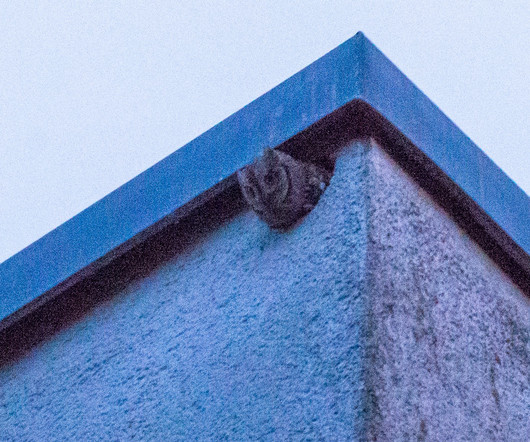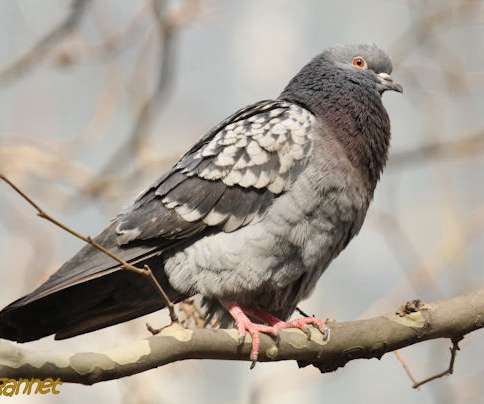The Collins Bird Guide, 3rd edition
10,000 Birds
FEBRUARY 9, 2023
There was one odd reprint in 2018, when the Subalpine Warbler was split into the Eastern and Western species, but the changes in the guide weren’t sufficient to call it a 3rd edition, so it remained the updated reprint of the 2nd edition. I haven’t noticed changes in the few descriptions of harder to ID species that I compared.


















Let's personalize your content